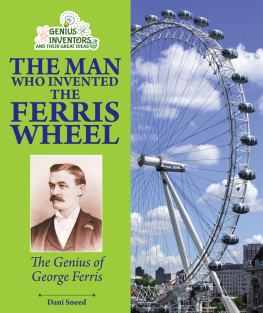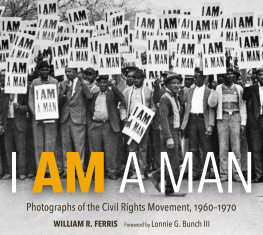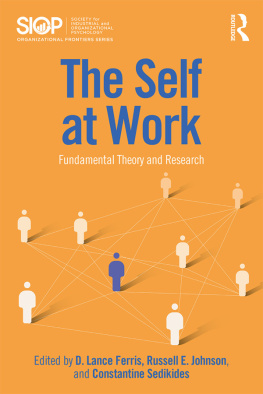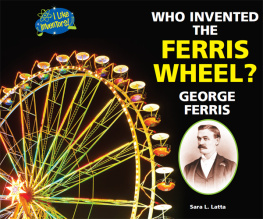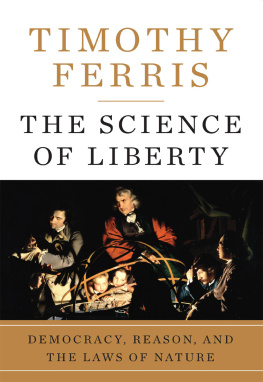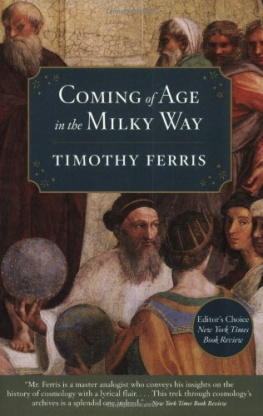
The Man Who Invented the Ferris Wheel
Life today would not be the same without the work of those great minds that came before. The geniuses in these books have made our world a better place through their awesome inventions.
These clearly-written books reveal the stories behind ordinary Americans doing extraordinary things."
Allan A. De Fina, PhD, Series Literacy Consultant
Past President of the New Jersey Reading Association
Chairperson, Department of Literacy Education, New Jersey City University
America needs more innovative leaders like Uncle George, and it is my hope this inspiring book will encourage young readers to fill that need.
James G. Ferris,
Great-Great-Nephew of George Washington Gale Ferris, Jr.
About the Author
Dani Sneed is a published author of children's books and an engineer. She lives near Houston with her three children, two cats, and one dog.
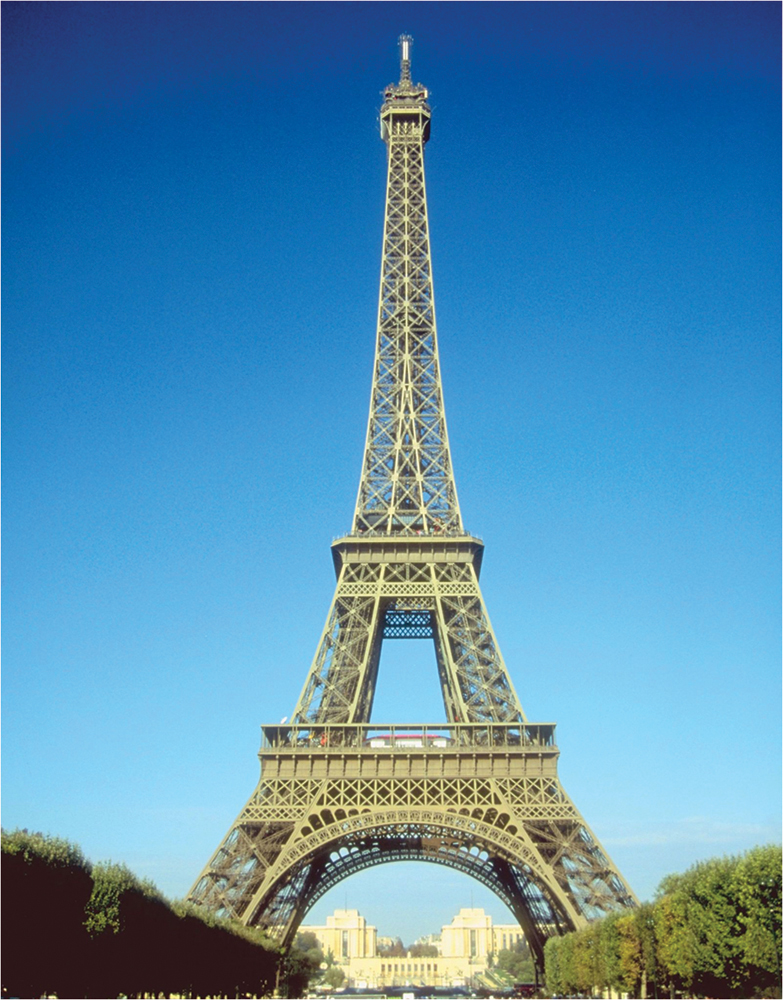
Image Credit: 2007 Jupiterimages Corporation
More than two hundred million people have visited the Eiffel Tower since it was completed in 1889.
In 1889 crowds were amazed by the 984-foot Eiffel Tower at the Paris Worlds Fair. The tower was like an iron bridge to the sky. Four years later Chicago planned to have the next Worlds Fair. American engineers competed in a nationwide contest for an idea to outdo the French Eiffel Tower. The boldest ideas were for taller towers. Then one engineer had a different idea. George Ferris drew plans for a 250-foot wheel that could carry over two thousand people high into the sky. It seemed like a fantasy. Could George design and build such a wheel?
George Washington Gale Ferris, Jr. was born on February 14, 1859, on a farm in Galesburg, Illinois. Martha Ferris, his mother, named him after his father. He was their ninth child.
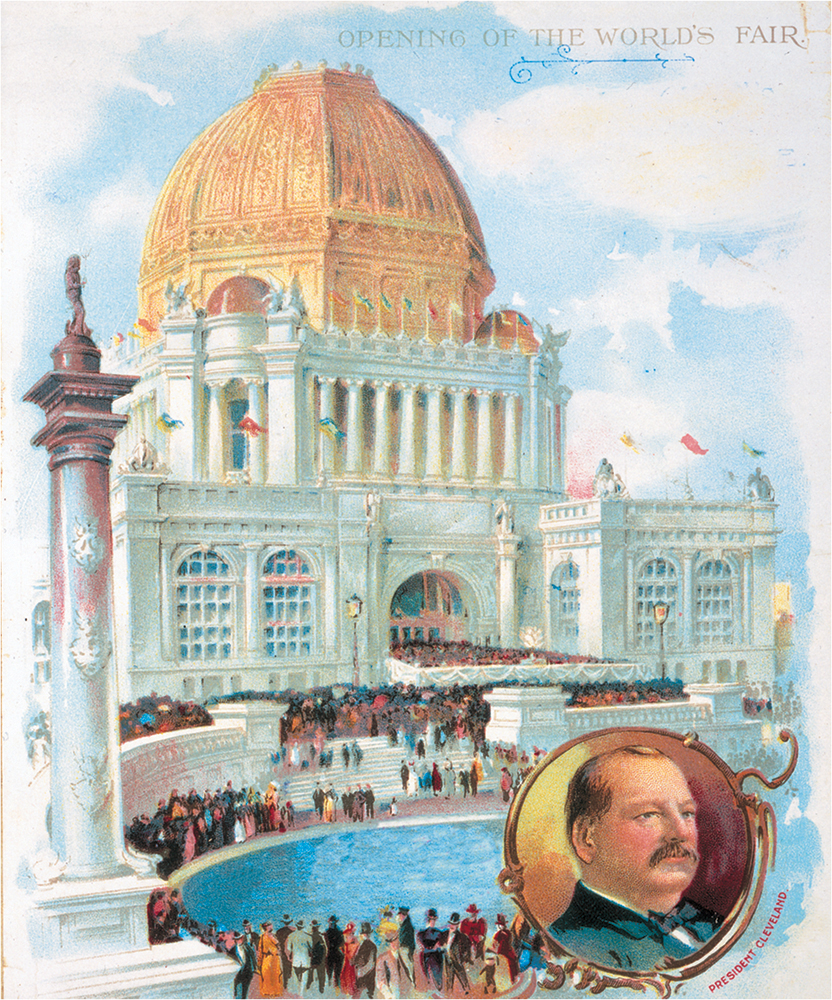
Image Credit: Library of Congress
Grover Cleveland was president of the United States when the 1893 Worlds Fair opened in Chicago, Illinois.
Five years later Georges family sold their dairy farm to move west. They crossed the country in a horse-drawn coach and several wagons to Carson City, Nevada. Young George loved ranching, horses, lassos, and especially boots with spurs. He thought ranching was the best job to have.
Near Georges home on the Carson River, a huge mill wheel very slowly turned in the river. The wheel lifted buckets of water and dumped the water into a tub. Horses and mules drank the cool water. Young George watched the huge wheel with much delight. Legend has it that he dreamed of riding on the waterwheel.
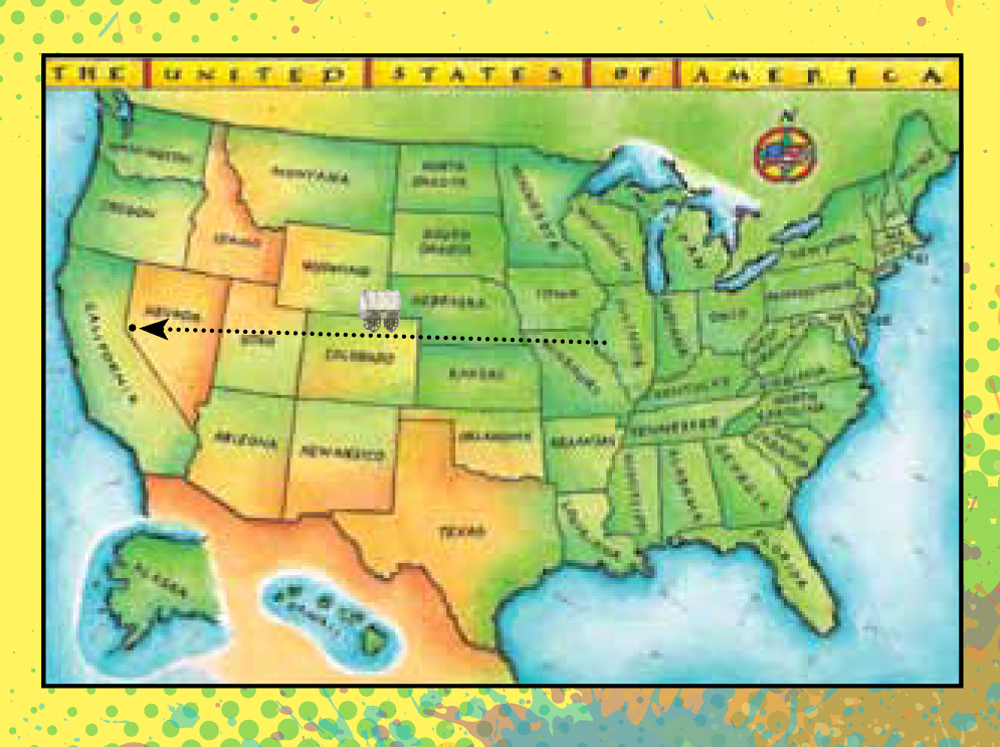
Image Credit: Artville
In 1864, Georges family moved west from Galesburg, Illinois, to Carson City, Nevada.
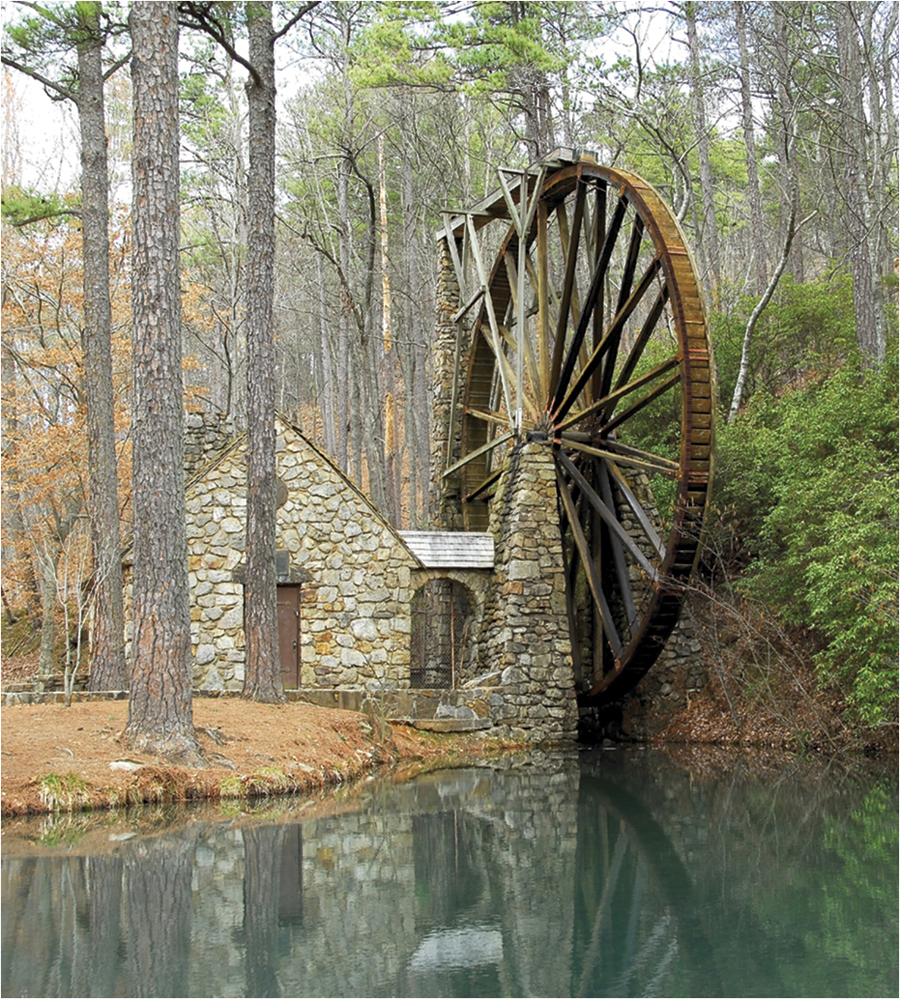
Image Credit: Shutterstock.com
Some people think George got his idea by watching a water wheel near his home.

Image Credit: Library of Congress
George Ferris grew up near Carson City, Nevada.
As a teen George went to the California Military Academy in Oakland, California. He then continued his education at Rensselaer Polytechnic Institute (RPI) in Troy, New York.
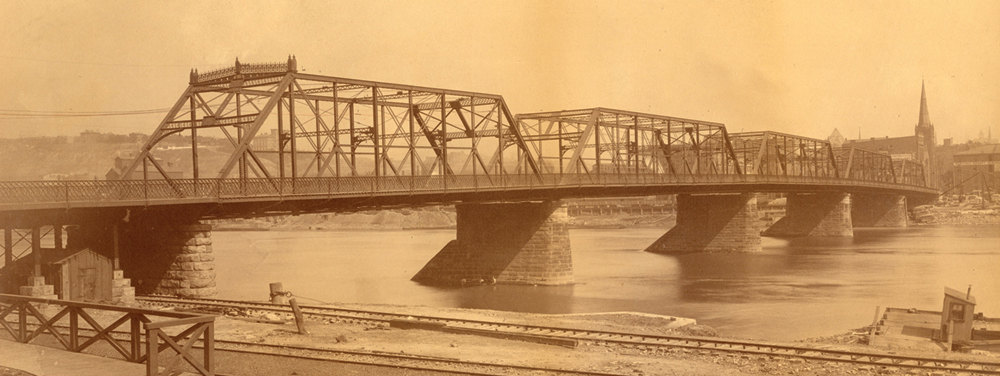
Image Credit: Photographic Collection, Institute of Archives and Special Collections, Rensselaer Polytechnic Institute, Troy, NY
Georges Ninth Street Bridge crossed the Allegheny River in Pittsburgh, Pennsylvania.
George enjoyed attending RPI. He was voted class president, sang in the choir, joined the rifle club, and played on the baseball team. His oldest sister, Margaret, helped by sending him money. He wrote to her saying that he was anxious to finish his schooling. He promised to pay back the money.
George graduated from RPI as a civil engineer in 1881. Just as he had promised, he paid back his sister with money he made designing and building train tracks, tunnels, and bridges. Two of the bridges he built were made with an amazingly strong new metalsteel. Soon George became a steel expert.
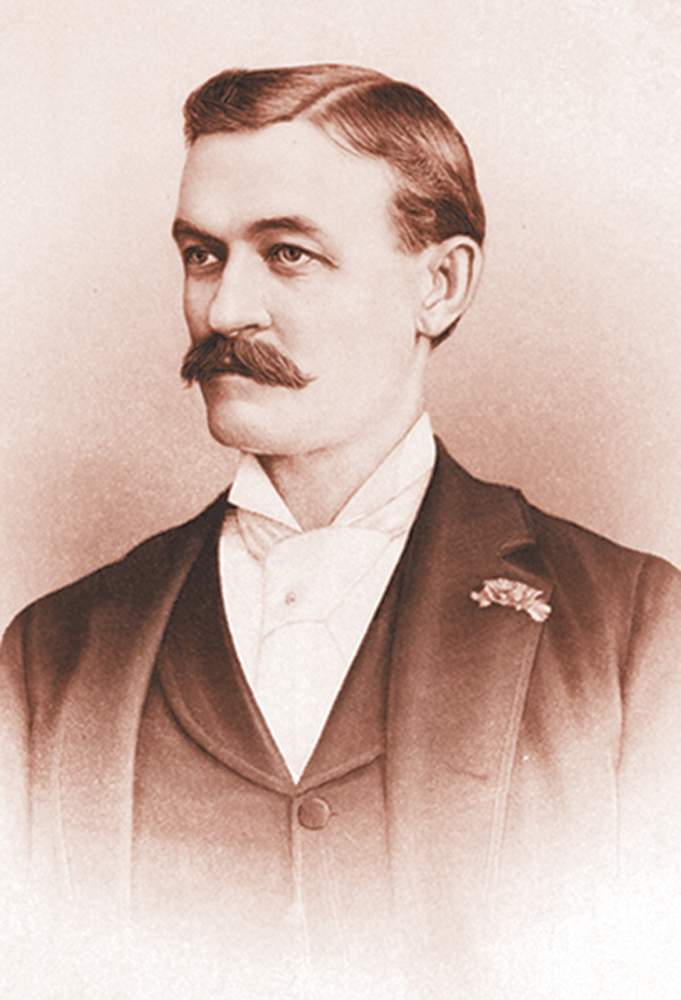
Image Credit: Chicago History Museum
George knew how to build bridges. He thought of his wheel as a big round bridge.
For George, 1886 was a big year. He married Margaret Ann Beatty, a pretty brunette from Canton, Ohio. He also started his own steel business, G.W.G. Ferris & Company, in Pittsburgh, Pennsylvania.
By 1890 Chicago buzzed with excitement as it planned the Worlds Fair. Three years before at the Paris Worlds Fair, all were astonished by the Eiffel Tower. The construction chief of the fair, Daniel Burnham, started a contest for an idea to outdo the tower.
George traveled to Chicago. He heard Burnham speak about the contest to engineers, who all wanted to build taller towers. Mr. Burnham asked, Whats wrong with you scientists? Towers of various kinds have been proposed, but towers are not original. George accepted the challenge to build something different.
While eating dinner with other engineers in Chicago, George said he hit upon the idea. He began drawing what he called a monster wheel. He decided on details like the size of the wheel and the cost of a ticket. George, a bridge builder, was basically planning a big round tension bridge.
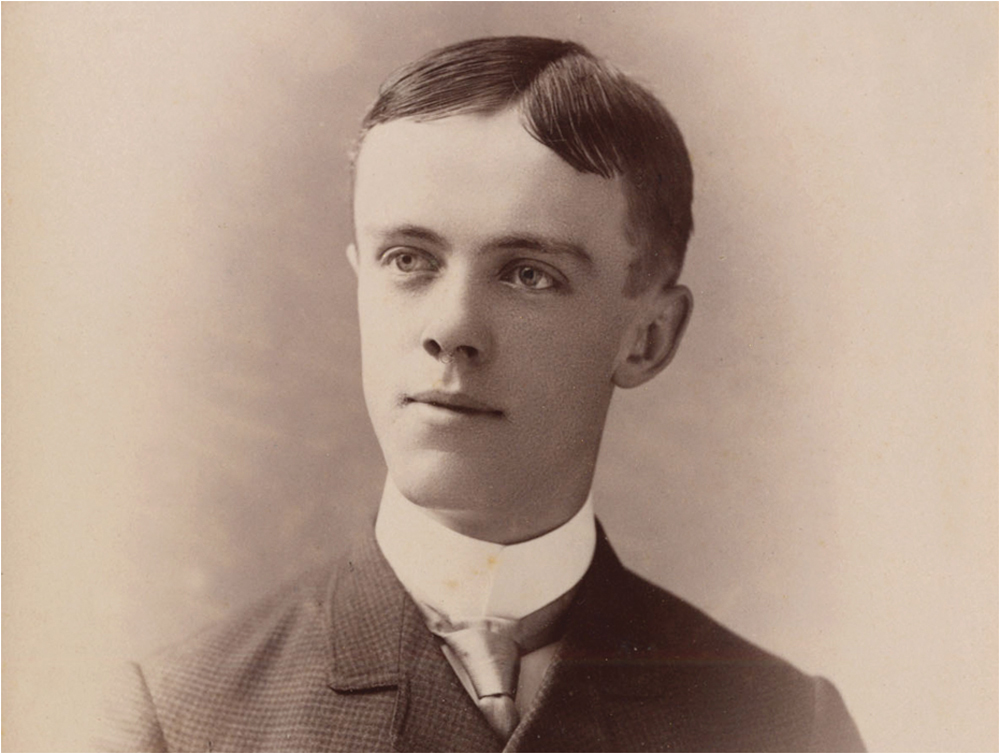
Image Credit: Photographic Collection, Institute of Archives and Special Collections, Rensselaer Polytechnic Institute, Troy, NY
William Gronau, Georges friend, also went to RPI.
His friends at the table all agreed that a 250-foot-tall monster wheel would never work. They thought a wheel that big would break under its own weight.
George did not give up. He showed his idea to his friend William Gronau. The monster wheel would be a tension wheel with spokes like a bicycle. George wanted to be sure the wheel wouldnt crumple in rain, wind, or ice. William calculated the safety of the wheel when loaded with the weight of more than two thousand riders. The math showed it would work.
A determined George took his plans to Daniel Burnham. Georges idea was not a taller tower. It was original.
Burnham shook his head. Your wheel is so flimsy it would collapse, and even if it didnt, the public would be afraid to ride in it, the fairs construction chief said.
George Ferris began rolling up his drawings. You are an architect, sir, I am an engineer, and my wheel represents strictly an engineering problem. The spokes may seem flimsy, but they are more than strong enough. He tucked his drawings under his arm, then softly added, I feel that no man should prejudge another mans idea unless he knows what hes talking about.
Next page
